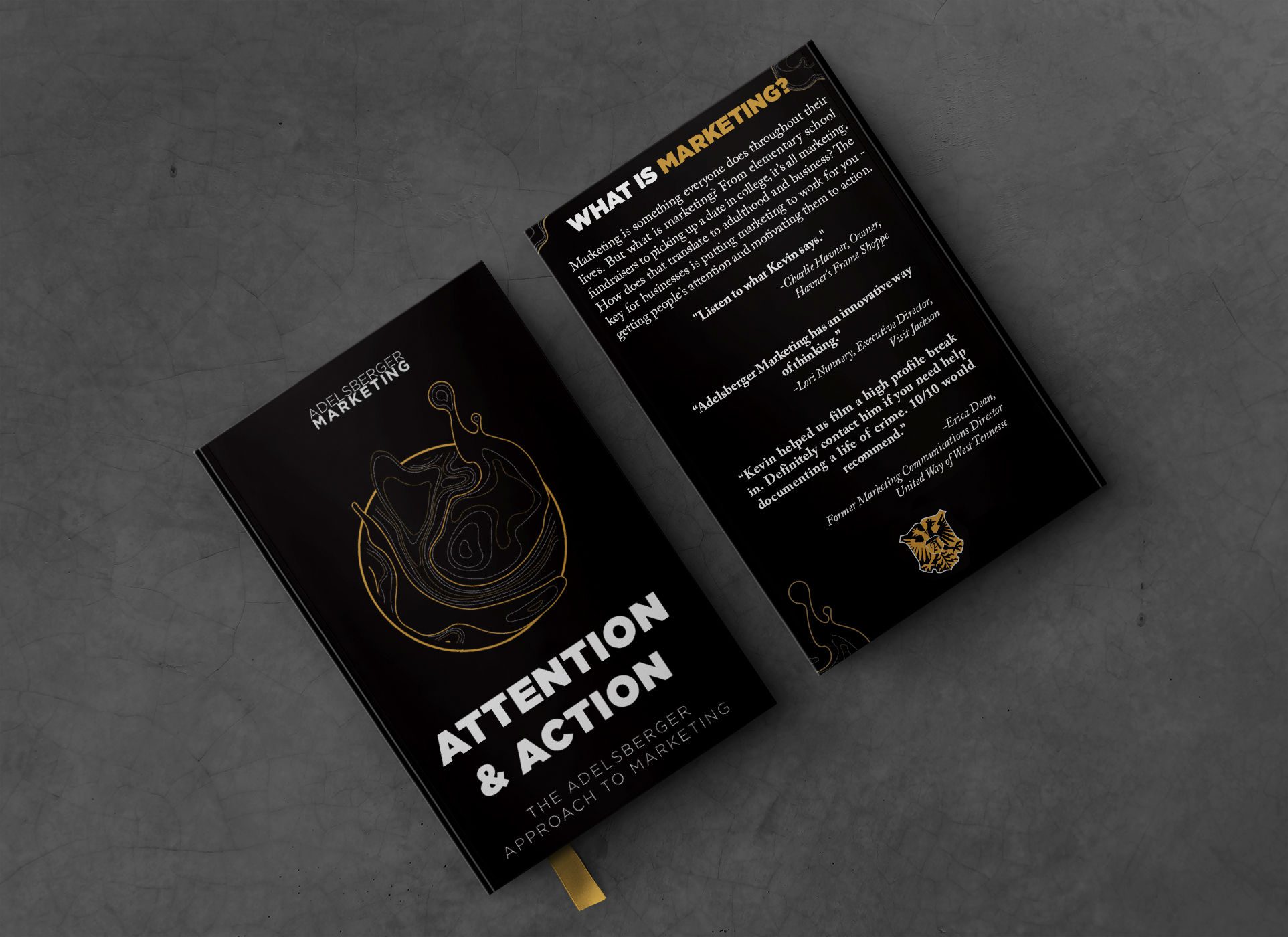
Content Generation
The most difficult part of content marketing we have found is dedicating the time and brainspace to actually creating the content. Some of this can be manufactured by others. But for the content to be great it needs to originate with Subject Matter Experts. When working with busy clients, we will normally ask them to give us an outline of what they want to cover and we can usually take it from there or conduct an interview to get the information on paper. It’s important to remember that most of this content is going to be evergreen, meaning that it will be valuable for a long time as opposed to seasonal advice.
One of the most common problems in communicating is the Burden of Knowledge. The Burden of Knowledge is a communication hazard that shows up when someone who is an expert in an area fails to realize that not everyone has the same knowledge. As a videographer, I may know that white balance and working in rooms with LED lights can be an issue, but I can forget that not everyone thinks that way. Those could be two tips to set forth in content to help people but I may miss it due to my burden of knowledge. This also works out in some of the terminology that we use. People who are not thinking about their Burden of Knowledge may tend to use industry jargon which could leave a casual observer or someone who is just learning about this field in the dark. When we work on our content, we want to make sure we remove traces of the Burden of Knowledge that our potential customers would be lacking.
One other key idea in content marketing is that hard sales are a “no go.” You should use this information in a general way to show a better way to do things and lean on that knowledge. Trust that your material will naturally lead the audience to call you. Hard sales can jade an audience and undermine the content you are making.
1. Where do we get ideas for content marketing?
When working through ideas for content marketing, here are a few places to start: What are the ten most common questions that your sales people get asked? If the same questions come up repeatedly, this is an opportunity to make content around that subject. A second idea is to look at your customer personas and brainstorm what they care about. If you are an ice supplier and a specific customer persona cares about clear ice for display, you can generate content about how to make that kind of ice or the common issues in ice production. A brainstorming session to generate ideas for content is a great opportunity to get the whole team involved. Consider: What are things that make you or your business unique? What are things you do better or only have compared to others? What do your customers care about? What are things you would want to talk about at parties?
We would suggest a brainstorming activity (like a madlib) that combines the emotion, the type of content, and the mediums directed at each of your customer personas to help develop content they would find valuable.
2. Maximize Content Usefulness
You can transform one blogpost into a lot of pieces of content for social. From that one blog post, you could write a script for a video, pull out quotes to turn into graphic, use the blog as a start for a podcast, or even create an infographic. The great part about reusing this content is that you can bring others into it easily. If you as the subject matter expert create a thorough piece of content, turning it into a bunch of side pieces of content by a marketing team will be much easier than having them try to create the primary piece of content. We love to extract as much content as possible to maximize the value of the time invested into that content and to help reach as many people as possible. Gary Vaynerchuck, better known as Gary Vee, is the Owner of VaynerMedia and Founder of WineLibrary TV. He is one of the all time great Entrepreneurs of our era. His personal brand team are the sterling examples of this practice. Check him out online by looking for @GaryVee.
This blog post is a portion of Attention and Action. The book walks you through the marketing process that Adelsberger Marketing follows with its clients. You can read this book for free as a blog on the Adelsberger Marketing website or purchase on Amazon.com.



